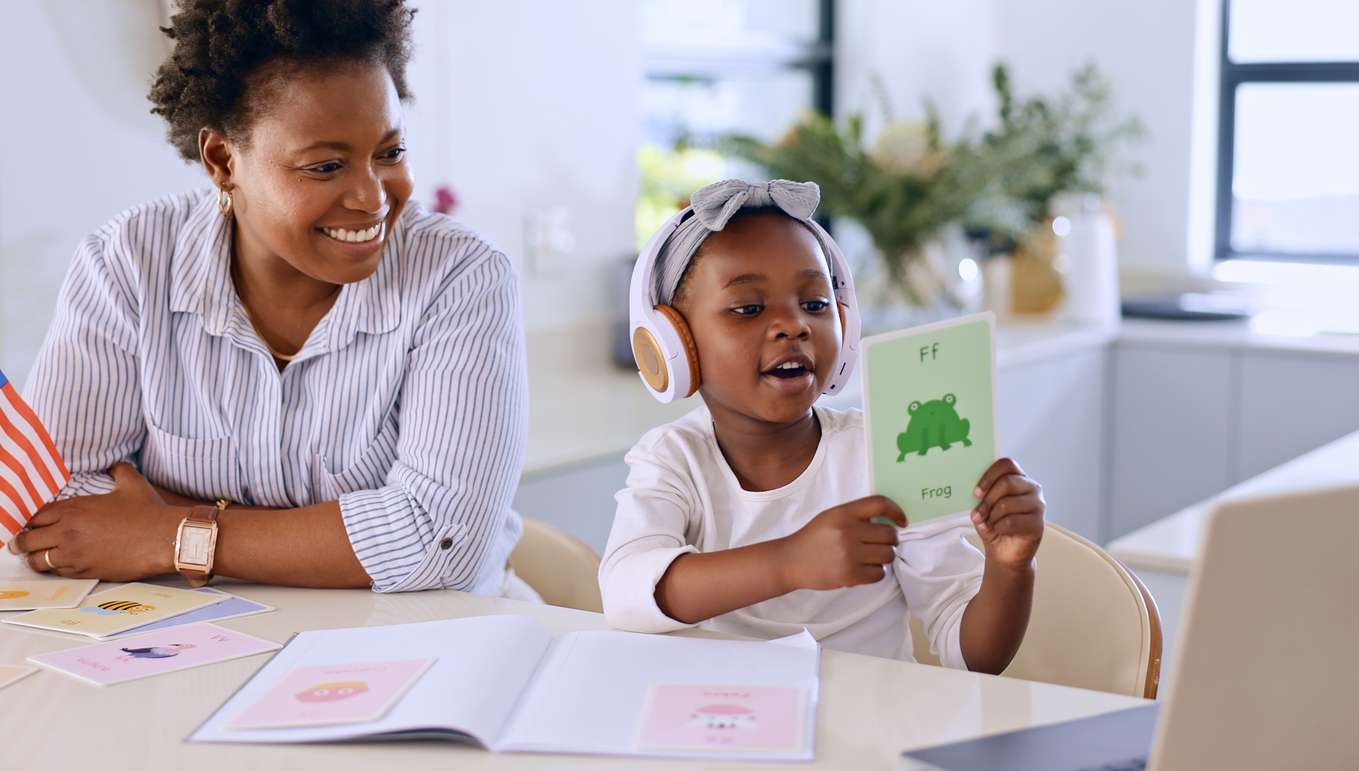If you have ever watched your children doing something at home that made you think to yourself, “I wonder how they learned to do that,” then you’ve witnessed “transfer of learning” – a process that takes previously introduced information or skills and applies them in a new situation. This action is useful for school-aged children when absorbing a variety of academic subjects, but toddlers and preschoolers also take life skills they’ve encountered in a child care setting and apply them at home.
Every day, children are learning principles through play that will help them develop lifelong skills. When young children demonstrate transfer of learning from their child care classroom to their play at home, parents can take an active role in encouraging it.

Whether it’s singing the rhyming song your children learned at school with them in the car or going to the bear exhibit at the zoo after they read a book about bears, there are many ways to facilitate the school-to-home connection. Experts recommend three specific methods to support this process.
- Establish clear communication channels between parents and educators
The best approach to start helping your little ones build on the skills they’re learning at school is to make sure you’re communicating with their educators. Many child care facilities offer a daily report as a way for parents to stay informed about what their children are learning, in addition to hosting quarterly parent-teacher conferences. You might also spend a minute or two talking with your child’s caregivers at drop-off and pick-up times. All these moments offer parents the chance to check in and discuss their child’s learning, helping to pinpoint areas to focus on at home. It’s also an excellent opportunity for parents to share any concerns or special moments they’ve observed with the educator.
- Introduce activities at home to expand on learned skills and do them together
Once parents have established an open line of communication with their child’s educator, the next step is fostering those skills learned from school at home. This can be as simple as recognizing a topic your child is learning at school, such as recycling, and then highlighting for your child the steps taken at home to recycle. Another great way is to identify your child’s interests and tailor activities to incorporate them. Does your child like coloring and is learning about kindness in school? Help your child draw pictures and give them to family members as a special gift.
- Offer positive affirmation
Children respond well to encouragement from their parents and family caregivers. When your children demonstrate something organically at home from their day at school, recognize their efforts. You can say something like, “Is that a new song you’re singing? Can you teach it to me?” Not only will the positive words you speak to your children motivate them to continue what they are doing, they will help to build their confidence and self-worth as well. Be sure to name the skills and qualities you’re admiring out loud to better help your children internalize the feedback and associate positive emotions with the skills they’re learning.
It’s well-known that the greatest amount of brain development takes place in the first five years of a child’s life. So, using this time to focus on taking the life skills your children are discovering at school and applying them at home is beneficial to their lifelong learning.
By: Brandpoint








